Sultanas中重金属含量检测方案(微波消解仪)
检测样品 其他水果制品
检测项目 重金属含量
参考标准 GB/T 5009.74 食品添加剂中重金属限量试验
方案详情文
智能文字提取功能测试中
Page 1 of 4Print-Ready PosterExamination of Heavy Metal Contamination found in Raisins, Sultanas & Currants by ICP-MS · Tina Restivo ·Macy Barnhill · Robert Lockerman · Leanne Anderson SPEX CertiPrep Authors · Patricia Atkins· Carlye McConnell Presented February 3-8, 2019 atthe European WinterConference on PlasmaSprectrochemistryby Tina Restivo Examination of Heavy Metal Contamination found in Raisins,Sultanas & Currants by ICP-MS CEM Corporation Authors Poster Content Abstract Over the last few years, studies have found high levels of contamination in grapes and grapeproducts such as juice and wine. Recent studies have been conducted showing the presence ofarsenic in apple juices and wine. Arsenic based pesticides, particularly lead arsenate, were inwidespread use around the world up until the late 1980's and 90s. Despite arsenic residue beingrecognized as a potential problem from the turn of the century, lead arsenate was one of the mostwidely used pesticides in the nation and was applied to millions of acres of crops through the1940's. Lead arsenate was the most commonly applied pesticide in fruit orchards, many still inuse, so potential for arsenic contamination remains.Heavy metal pesticides were designed to bepersistent and can cause environmental and health problems decades after being banned. In thisstudy, samples were obtained of popular organic and regular raisins, sultanas and currants fromvarious stores in the US, UK and Germany. Samples were digested using microwave digestion andtesting by ICP-MS to determine heavy metal contamination. The dried fruit market continues to grow significantly, due to theincreasing awareness of nutritional benefits and convenienceof dried fruits. Dried fruits are the fruits from which originalwater has been removed through natural sun drying or otherprocesses. In general, dried fruits contain antioxidants andfiber that are beneficial for health. Some dried fruits, such ascranberries or craisins, have sugar added, which improves flavorbut makes them far less healthy than the raisin family. Heavy metals, arsenic in particular, has been reported in grapesand in wine along with other toxic metals. Grape vines absorbarsenic that occurs naturally in soil or came from past useof pesticides containing arsenic and other heavy metals. It ispossible that in the dried fruit the concentration is even greater.In this study we will investigate raisins, sultanas and currantswhich are essentially all raisins. Currants are raisins fromblack corinth grapes and are naturally sun dried like raisins.Sultanas are steeped in a water and oil mixture to speed theprocess which gives them their golden color. Fresh cranberriesoffer plenty of nutritional value including vitamins C and K forhealthy blood clotting. Dried cranberries, on the other hand,have virtually none of those nutrients. In this poster we willinvestigate these dried fruits to see what metals are present inour snacks. Materials SPEX CertiPrep Standards ·CLMS-1: ICP-MS Multi-Element Solution ·CLMS-2: ICP-MS Multi-Element Solution ·CLMS-3: ICP-MS Multi-Element Solution ·CLMS-4: ICP-MS Multi-Element Solution ·CL-ICV-1: Initial Calibration Verification Standard Samples · Raisins ·Sultanas ·Currants · Cherries · Cranberries All samples were purchased from UK, New Jersey and NorthCarolina supermarkets. Reagents · High Purity Nitric Acid (HNO,) Sample Preparation Initial Sample Preparation Some samples were ground in an SPEX SamplePrep Freezer/Mill ·Grinding conditions ·2 g of dried fruit ·Program · Precool for 20 minutes 。Grind for 5 cycles (2 minutes per cycle) ·Each cycle= 20 minutes cooling ·Impact rate=16 impacts per second Figure 2. SPEX SamplePrep Freezer/Mil@ Sample Digestion and Analysis ·Samples digested in CEM MARS 6 iWave Microwave Unit withMARSXpress Plus Vessels (Figure 2) ·0.25 g of sample added to vessel with 10 mL high purity nitricacid ·The One Touch Method“Food” was used for digestion of all samples and blanks · Temperature:210°C ·Ramp: 20 minutes · Hold:15 minutes ·Power: 220-1800 W ·Digestion blanks were run in series with each batch and subtracted from the results that followed them in each series ·Digest of samples were diluted 30 mL then diluted 1:10 beforeanalysis onICP-MS Element Line Supplemental Gas Cr 53 He As 75 He Se 77 None Sr 87 None Cd 114 None Sb 121 None Hg 202 None TI 205 None Pb 208 None Th 232 None U 238 None Figure 2. MARS 6 with iWavetemperature sensor. Table 1. ICP-MS elementsmonitored Instrument Conditions Samples run for trace elements on Agilent ICP-MS 7900 usingMeinhard nebulizer with cyclonic spray chamber using the linesreported in Table 1. Supplemental helium gas was used toimprove the response of Arsenic and Chromium. Results The MARS 6 with MARSXpress vessels was able to completelydigest all samples in mixed batches. Figure 3 shows arepresentative temperature/power curve where the programmedtemperature of 210℃ and held that temperature for 15minutes. The bar graph in the image shows that all vesselsreached the same temperature to ensure complete digestionof every sample. The One Touch Food Method is very versatileand applies precise power in order to allow for different samplematrices to be run in a single batch. The maximum temperatureof 210 °℃ provided for a complete digestion of all sampleswithout the need for additional chopping or grinding. Grindingthe samples yielded comparable results to the whole fruits. Figure 3. Temperature and power graph from MARS 6 Table 2 shows the concentration of heavy metals in the varietyof dried fruits. Of interest are the high levels of certain toxicheavy metals such as lead (Pb), Strontium (Sr), and Arsenic(As). Table 2. Heavy metals content of dried fruits (ug in 30 g [averageservingl) Type Sample# Cr As Sr Cd Sb Hg T1 Pb Th U Cherry 9 5.06 0.67 45.72 0.08 0.17 0.16 0.12 0.57 0.01 121 Cherry 10 3.31 061 247688 1006 0.18 0.29 0.17 0.64 000 1.47 Cranberry 20 3.73 1.03 5.77 0.39 055 ND 0.05 1.38 0.01 2.51 Cranberry 21 5.30 4.39 1341 0.42 0.34 0.40 350 4.55 001 5633 Cranberry 22 5.71 0.95 11.17 0.23 0.26 0.30 0.08 1.29 0.01 2.40 Cranberry 23 2.34 1.16 6.82 0.41 0.46 ND 0.04 1.62 0.01 2.19 Cranberry 24 14.85 2.77 176.64 0.10 0.30 0.18 2.15 2.51 0.17 29.22 Current 25 10.80 2.22 134.82 0.18 0.44 0.14 1.02 2.87 0.06 14.01 Current 26 17.32 75 319.41 0.36 0.44 0.73 391 5.52 025 6261 Current 27 2.50 0.82 1725.14 0.18 0.24 0.51 0.13 0.86 0.01 2.22 Raisin 1 14.48 1.17 103136 2.81 0.22 029 0.17 1.21 0.02 1.59 Raisin 2 3.66 3.41 232.32 0.19 042 3411 0.23 0.79 0.04 2.06 Raisin 3 6.67 2.50 151.66 0.08 0.11 0.84 0.09 0.49 0.13 0.88 Raisin 4 7.49 0.64 116.74 0.10 0.19 0.59 0.23 0.80 0.11 2.00 Raisin 5 3.91 2.56 235.59 0.06 0.10 0.39 0.08 0.46 0.05 1.02 Ralsin 6 16.95 2.88 203.45 0.08 0.21 0.29 0.09 0.72 0.15 0.79 Raisin 7 14.54 349 127.51 0.19 0.36 0.30 2.77 3.08 023 39.47 Ralsin 8 3.65 1.69 107.34 0.26 0.23 0.32 0.20 0.98 0.05 2.54 Raisin 15 12.12 335 70.17 0.24 0.30 0.32 254 248 0.07 34.53 Raisin 16 10.56 1.81 287.45 0.06 0.18 0.91 0.30 1.77 0.08 3.63 Raisin 17 4.36 341 100.19 0.12 0.22 023 3.11 1.94 0.11 6735 Raisin 18 12.23 2.72 16047 0.09 0.21 0.10 0.86 1.11 8.28 12.06 Raisin 19 4.60 1.78 154.12 0.14 0.26 0.15 0.62 0.88 0.07 12.96 Sultana 11 12.94 0.92 191.84 008 0.19 028 0.19 0.98 024 1.45 Sultana 12 8.32 4.23 212.17 0.21 0.31 0.41 2.44 4.27 0.11 39.32 Sultana 13 7.46 1.33 8851 008 0.15 041 0.11 1.08 0.09 1.54 Sultana 14 20.50 5.15 126.73 024 0.29 027 582 4.27 0.19 5843 Conclusion · In general all samples are safe for human consumption,however, there are certain samples which are muchhigher in toxic heavy metals than others. This is likely due tothe environmental conditions under which thefruits were grown. · Consuming more than the recommended daily serving orconsuming some of these fruits in combinationwith other foods, like bread spreads, may yield heavy metalconcentrations in excess of recommended dailyallowances. . The relative consistency in results from the cranberrysamples may be attributed to the geographical regionin which they are all grown. · It would not appear that raisins have any greater healthconcern than grapes or wine for arsenic. United StatesFranceGermany, Austria,Ireland(Headquarters)Switzerland33(01)69 35 5780+353 (0) 1 8851752800-726-3331Fax:33 (01) 60 19 64 91(49) 2842-9644-0Fax:+353 (0)1885 1601704-821-7015info.fr@cem.comFax: (49) 2842-9644-11info.ireland@cem.comFax: 704-821-7894info@cem.deinfo@cem.comItalyJapanUnited Kingdomwww.cem.com(39) 35-896224+81-3-5793-8542(44)1280-822873C2019 CEM CorporationAll rights reserved. This may not beFax: (39) 35-891661Fax: +81-3-5793-8543Fax: (44) 1280-822873reproduced or published withoutinfo.srl@cem.cominfo@cemjapan.co.jpinfo.uk@cem.comwritten permission from CEM. C CEM Corporation SPEX液氮冷冻研磨仪将样品始终浸在液氮中研磨,样品始终处于-196℃环境中,能很快将样品粉碎,且出样粒度小,更有利于消解。本实验将部分样品经冷冻研磨而后消解,与直接消解做对比,测试Mars6是否可以完全消解样品。使用 MARS Xpress 消解罐的 Mars6 能够完全消化混合批次的所有样品。下图显示了一个代表温度/功率曲线在210℃的设定温度,保持时间为15分钟。从图中条形图可以看出,所有的容器都达到了相同的温度,保证了每个样品的完全消化。Mars6内置的食品法是一种非常通用的方法,它使用了精确的功率,以便在保证同一批次样品处理效果相同。Mars6 调节到210℃为最大温度时,可完全消解样品,使用液氮冷冻研磨仪研磨的样品得到的结果与未研磨结果差异很小。
关闭-
1/4

-
2/4

还剩2页未读,是否继续阅读?
继续免费阅读全文产品配置单
培安有限公司为您提供《Sultanas中重金属含量检测方案(微波消解仪)》,该方案主要用于其他水果制品中重金属含量检测,参考标准《GB/T 5009.74 食品添加剂中重金属限量试验》,《Sultanas中重金属含量检测方案(微波消解仪)》用到的仪器有CEM Mars6 高通量密闭高压微波消解仪、SPEX CG-500高通量液氮冷冻研磨仪(SPEX 6875D)。
我要纠错
推荐专场
研磨机、研磨仪、粉碎机、球磨机
更多相关方案


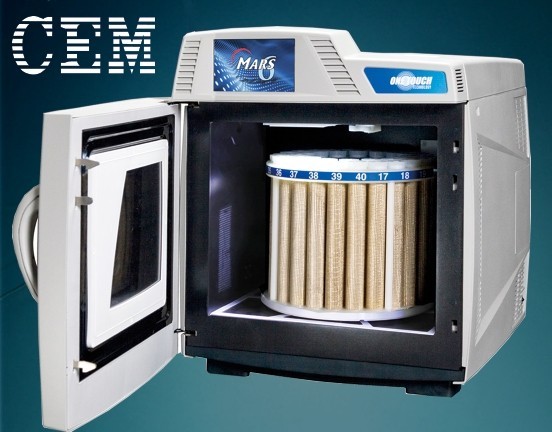
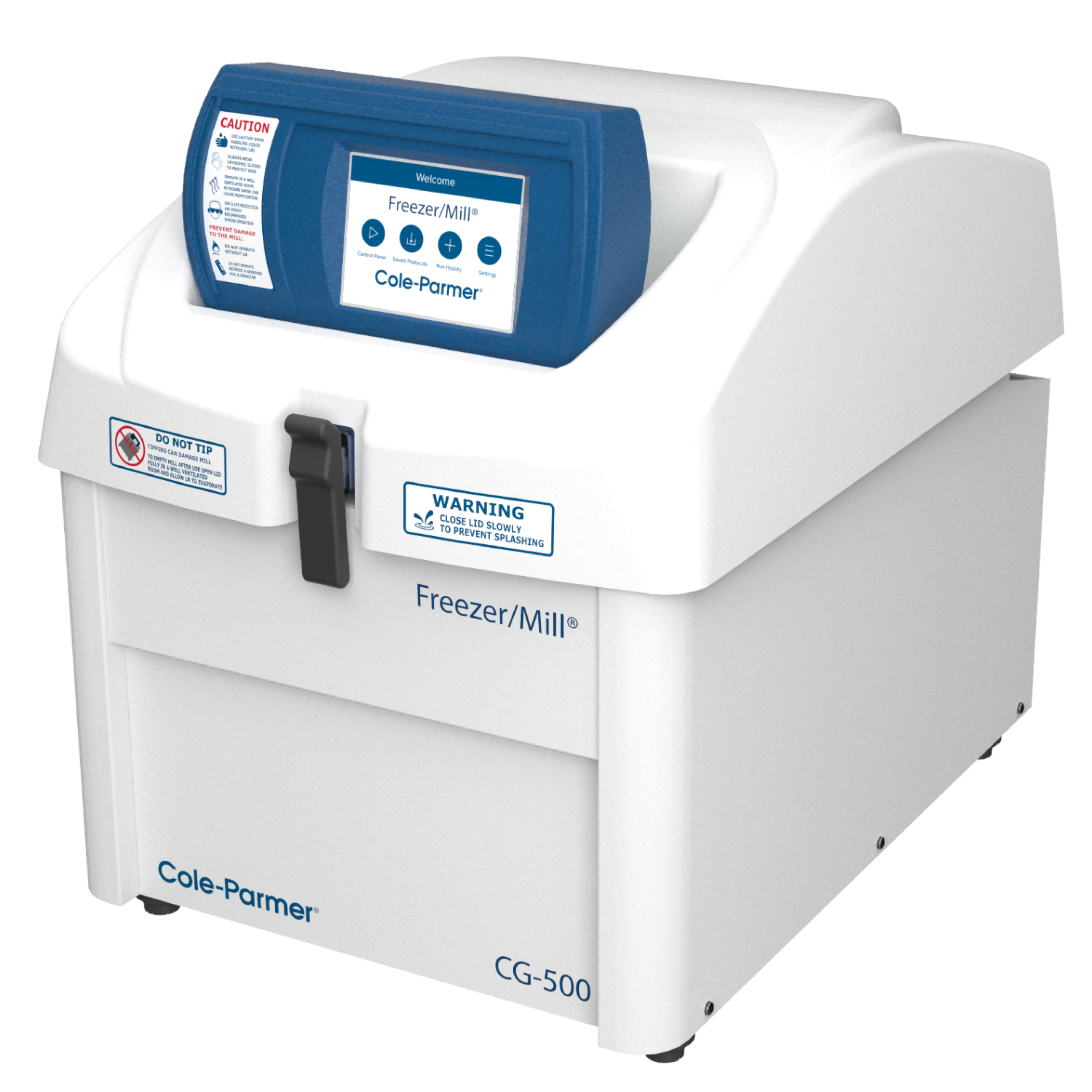
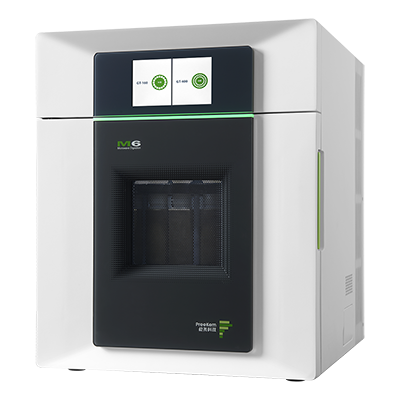
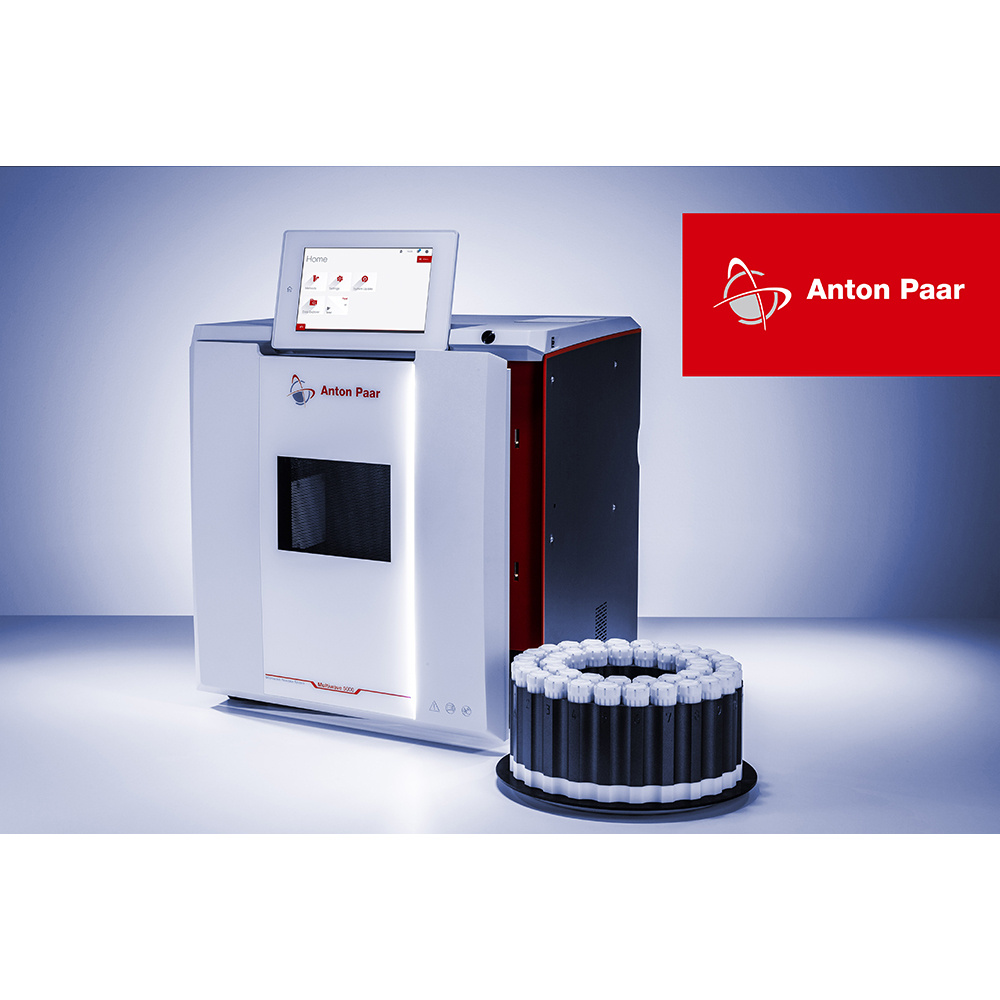

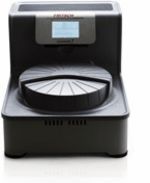
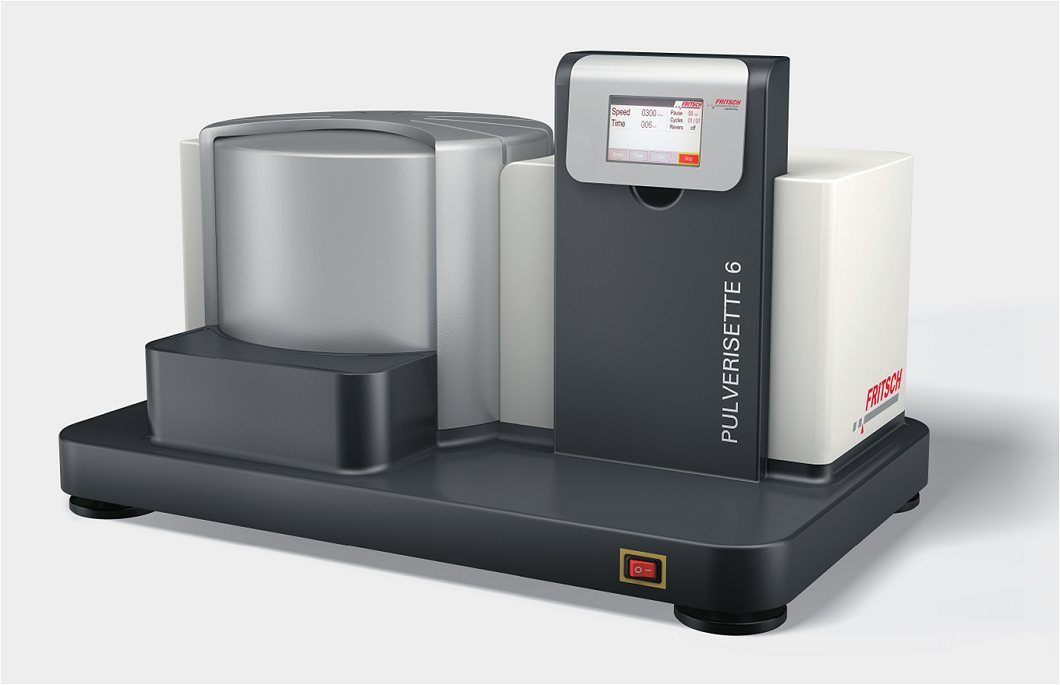
 咨询
咨询